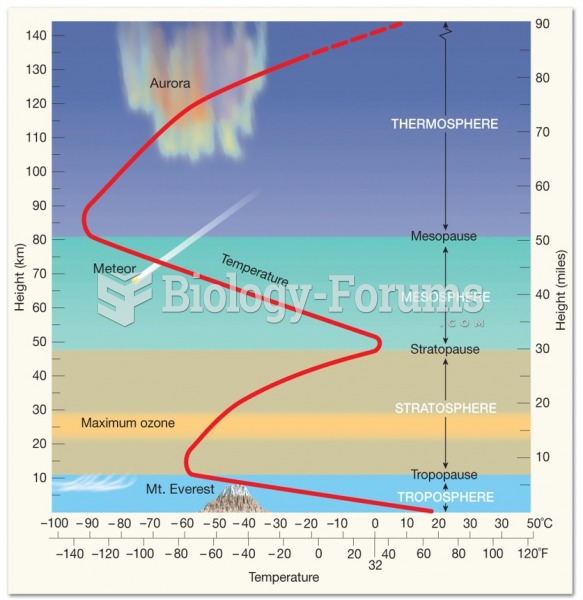Answer to Question 1
Answer: On an annual basis, the Earth surfaceatmosphere system gains more radiation than it loses between latitudes at about 38 north and south, and it loses more than it gains poleward of these two parallels. The boundary between zones of radiant energy surpluses and deficits migrates seasonally. During the Northern Hemisphere summer, most of the area north of about 15 S gains more radiant energy than it loses. During the Northern Hemisphere winter, most areas south of about 15 N take in more radiation than they emit. The energy surplus at low latitudes is offset by the horizontal movement, or advection, of heat poleward. This transfer is accomplished primarily by the global wind systems (75 percent), and secondarily by the oceanic currents (25 percent). As the wind and water currents move, they carry with them their internal heat, which is redistributed across the globe.
Answer to Question 2
Answer: Greenhouses are made primarily of glass, which is transparent to incoming shortwave radiation but opaque to outgoing longwave radiation. The glass therefore allows in more radiation than is allowed to escape, causing the temperature inside the structure to be warmer than outside. In that regard, a greenhouse is similar to the atmosphere, which also transmits most of the incoming solar energy but absorbs the vast majority of longwave radiation emitted upward by the surface. The analogy breaks down, however, when we incorporate the effect of convection. A greenhouse not only reduces the loss of energy by longwave radiation but also prevents the loss of sensible and latent heat by convection. In contrast, the greenhouse gases (those that absorb longwave radiation) of the atmosphere do not impede the transfer of latent and sensible heat. Thus, it would be more accurate if the term greenhouse effect were replaced by atmospheric effect.







